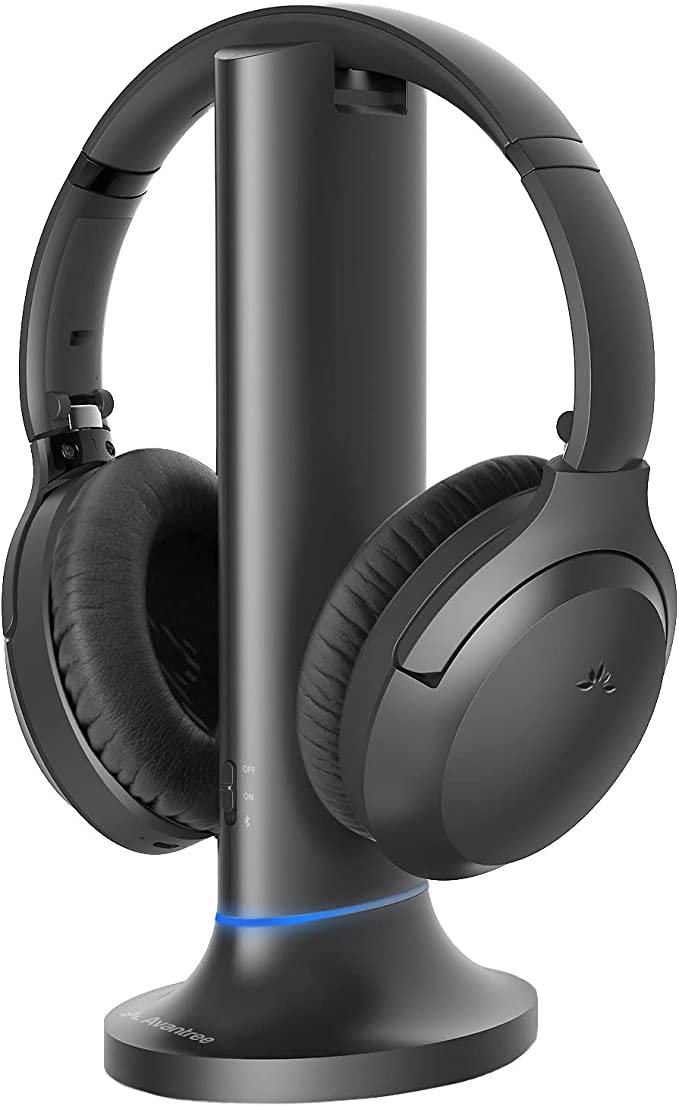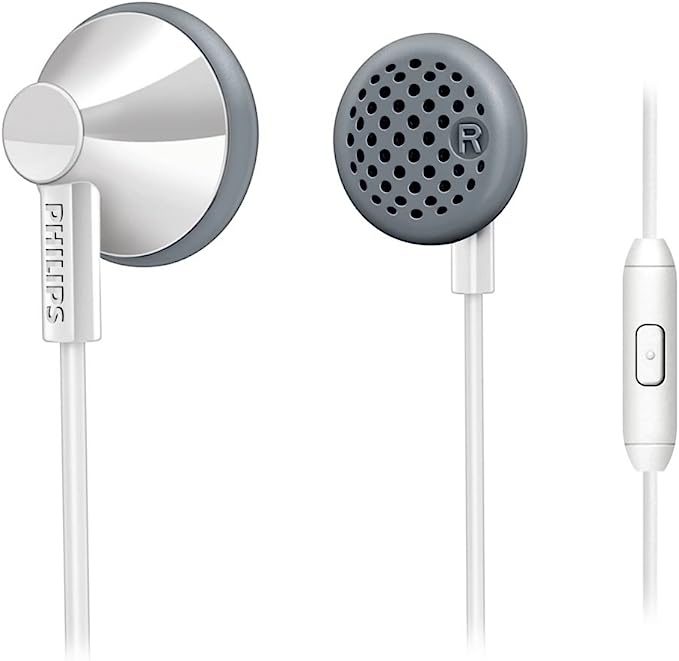Sonos Sub (Gen 4): Deep Bass, Zero Distortion
Update on March 15, 2025, 6:49 a.m.
There’s something primal about deep bass. It’s not just something we hear; it’s something we feel. It’s the rumble of thunder that makes us instinctively seek shelter, the throbbing heartbeat of a suspenseful movie scene that quickens our pulse, the resonant foundation of a powerful musical performance that moves us to our core. Bass frequencies, those low, often unseen vibrations, have a unique power to connect with us on a deeply emotional level. They add a layer of richness and immersion to our auditory experiences that’s simply irreplaceable.

The Rumble and the Struggle: Why Good Bass is Hard to Achieve
But recreating those powerful low frequencies accurately is a formidable challenge. It’s a battle against the very laws of physics. To understand why, we need to delve into the nature of sound itself. Sound travels in waves – compressions and rarefactions of air molecules. The frequency of a sound wave, measured in Hertz (Hz), determines its pitch. High-pitched sounds have short wavelengths and high frequencies, while low-pitched sounds, like bass, have long wavelengths and low frequencies.
The Sonos Sub (Gen 4), and indeed any subwoofer, is primarily concerned with reproducing frequencies generally between 20 Hz and 200 Hz. To put that in perspective, the lowest note on a standard piano is about 27.5 Hz. These low frequencies require the speaker driver – the cone that visibly moves back and forth – to displace a lot of air. Think of it like this: to create a large wave in a pool, you need to move a large amount of water. Similarly, to create a powerful bass note, a speaker needs to move a large volume of air.
This large movement, or excursion, is where the problems begin. As the driver moves forcefully, it creates vibrations not just in the air, but also in the speaker cabinet itself. These unwanted vibrations are the enemy of clean bass. They cause distortion – a muddying of the sound, a loss of definition, and an unpleasant “boomy” quality that can ruin the listening experience. Imagine a beautifully clear photograph, and then imagine shaking the camera while taking the picture. The result is a blurry mess. Cabinet vibration does the same thing to sound.
Furthermore, the long wavelengths of bass frequencies interact with the room in complex ways. They can bounce off walls, creating areas of amplified sound (boomy spots) and areas of canceled sound (dead spots). This uneven bass response is another major hurdle in achieving accurate low-frequency reproduction.
Newton’s Third Law, Reimagined: The Magic of Force Cancellation
This is where the Sonos Sub (Gen 4) showcases its ingenious engineering. At its heart lies a clever application of a fundamental principle of physics: Newton’s Third Law of Motion – for every action, there is an equal and opposite reaction. The Sub (Gen 4) employs two custom-designed drivers, positioned face-to-face within the cabinet. They are not simply two identical drivers working in parallel. Instead, they are carefully synchronized to operate in a force-canceling configuration.
Imagine two people pushing against each other with equal force. Neither person moves. This is, in essence, what’s happening inside the Sub (Gen 4). When one driver moves outward, pushing air to create a positive pressure wave, the other driver moves inward, also creating a positive pressure wave on its side of the enclosure. While it might seem intuitive that one pushes out while the other pulls in, the key is that both drivers, at that instant, are creating pressure waves that travel outwards from their respective faces. The crucial point is the vibrational forces are opposed.
The outward movement of one driver creates a reaction force that tries to push the cabinet in the opposite direction. But the simultaneous, opposing movement of the other driver generates an equal and opposite reaction force. These forces effectively cancel each other out. The result? The cabinet remains remarkably still, even at high volumes. This dramatic reduction in cabinet vibration is the key to the Sub (Gen 4)’s exceptionally clean and distortion-free bass.

Beyond Cancellation: The Role of the Ported Enclosure
The Sub (Gen 4)’s clean bass isn’t solely attributable to force cancellation. The carefully designed, ported enclosure plays a crucial role. A ported enclosure, also known as a bass-reflex enclosure, features a strategically sized opening (the port) that allows air to move in and out of the cabinet. This isn’t just a random hole; it’s a precisely engineered element, This port is designed to act as a Helmholtz resonator. Think of blowing air across the top of an empty bottle. The air inside the bottle resonates at a specific frequency, determined by the bottle’s volume and the size of the opening. The Sub (Gen 4)’s port is tuned in a similar way. At very low frequencies, the air in the port vibrates in phase with the driver’s movement, effectively increasing the amount of air being moved and thus enhancing the bass output. This allows the Sub (Gen 4) to produce deeper, more powerful bass than a sealed enclosure of the same size. The port essentially acts as a second, “virtual” driver, driven by the air pressure changes within the cabinet.
Shaping the Sound: The Power of Digital Signal Processing (DSP)
While the physical design of the drivers and enclosure are crucial, the Sonos Sub (Gen 4) also leverages the power of Digital Signal Processing (DSP). DSP is essentially a sophisticated computer that manipulates the audio signal before it reaches the drivers. This allows for incredibly precise control over the subwoofer’s performance.
One key function of the DSP is crossover filtering. The Sub (Gen 4) is designed to work in conjunction with other speakers (like the Sonos Arc or Beam soundbars). The crossover filter ensures that the subwoofer only handles the low frequencies, while the other speakers handle the mid-range and high frequencies. This creates a seamless blend between the speakers, preventing any overlap or gaps in the frequency response.
The DSP also applies equalization (EQ) to shape the Sub (Gen 4)’s sound. This can be used to compensate for any inherent characteristics of the drivers or enclosure, ensuring a flat and accurate frequency response. Furthermore, the DSP implements dynamic range control, which helps to prevent distortion at high volumes and protect the drivers from damage. It essentially acts as a “smart” volume limiter, allowing the Sub (Gen 4) to play loudly without sacrificing clarity.
Trueplay: Tailoring the Sound to Your Space.
One of the most impressive features of the Sonos ecosystem, and a key advantage of the Sub (Gen 4), is Trueplay. Rooms, as mentioned earlier, significantly affect low-frequencies, creating uneven bass. Trueplay is Sonos’s room-correction technology, designed to address this very problem.
Using the microphone in your iOS device (Android support is currently limited), the Sonos app guides you through a simple process. You walk around your room, waving your device up and down, while the Sub (Gen 4) emits a series of test tones. The microphone captures these tones, and the app analyzes how the sound reflects off your walls, furniture, and other surfaces.
Based on this analysis, Trueplay creates a custom acoustic profile of your room. It then adjusts the Sub (Gen 4)’s output to compensate for any peaks or dips in the frequency response caused by the room’s acoustics. The result is significantly more balanced and accurate bass, optimized for your specific listening environment. It’s like having a professional acoustician tune your system for you. This removes the guesswork from subwoofer placement and ensures optimal performance, regardless of room shape or size.
The Sound Signature: Describing a typical listening experience.
So, what does all this technology actually sound like? Imagine watching a scene from a sci-fi movie. A spaceship explodes in deep space. With a lesser subwoofer, you might hear a loud, boomy rumble, perhaps even a rattling of your windows. But with the Sonos Sub (Gen 4), the experience is transformed. You feel the explosion as a deep, visceral pressure wave that washes over you. It’s not just loud; it’s powerful and controlled. There’s no muddiness, no distortion, just pure, impactful bass.
Switch to music, perhaps a track with a prominent bassline. The Sub (Gen 4) doesn’t just add “more bass.” It reveals the texture and detail of the low frequencies. You hear the subtle nuances of the bass guitar’s strings, the resonant thump of the kick drum, the deep growl of a synthesizer. It’s a level of clarity and definition that you might not have realized was missing before. The bass isn’t just present; it’s articulate. It adds a rhythmic drive and emotional depth to the music that is truly captivating. This is because the Sub (Gen 4) aims for a “tight” and “accurate” bass response, rather than an exaggerated or “boomy” one.
A Symphony of Engineering: The complete design.
The Sonos Sub (Gen 4) is more than the sum of its parts. It’s a holistic system, where every element – the force-canceling drivers, the ported enclosure, the DSP, and Trueplay – works in harmony to deliver an exceptional low-frequency experience. The sleek, minimalist design, available in black or white, is also a testament to Sonos’s commitment to both form and function. It’s a subwoofer that’s designed to be seen and heard, but without drawing undue attention to itself. The ability to place it upright or lay it flat offers flexibility in room placement, catering to different aesthetic preferences and space constraints.
A Brief History of Bass.
The quest for deep, accurate bass reproduction has a long and fascinating history. Early attempts involved massive horn-loaded speakers, often requiring entire rooms to house them. The development of the direct-radiator woofer in the mid-20th century was a significant step forward, allowing for smaller and more practical subwoofers. The rise of home theater in the late 20th century further fueled the demand for powerful and compact subwoofers. Sonos, with its focus on wireless connectivity and ease of use, has played a key role in bringing high-quality bass to a wider audience.
The Future of Bass.
What does the future hold for subwoofer technology? We can expect to see continued advancements in DSP, allowing for even more precise control over sound. New materials and driver designs may further reduce distortion and increase efficiency. Wireless connectivity will undoubtedly become even more seamless and reliable. And we may even see subwoofers that can adapt to changing room conditions in real-time, using advanced sensors and AI algorithms.

Conclusion: The Art and Science of Low Frequencies
The Sonos Sub (Gen 4) represents a significant achievement in the art and science of low-frequency reproduction. It’s a product that seamlessly blends cutting-edge technology with elegant design and user-friendly features. But beyond the technology, it’s a testament to the power of bass to enhance our emotional connection to music and movies. It reminds us that sound is not just something we hear, but something we feel, something that can move us, excite us, and immerse us in the worlds created by artists and storytellers. The pursuit of perfect bass is a journey, and the Sonos Sub (Gen 4) is a significant milestone along that path. It’s an invitation to not just listen to your audio, but to experience it fully.




















































